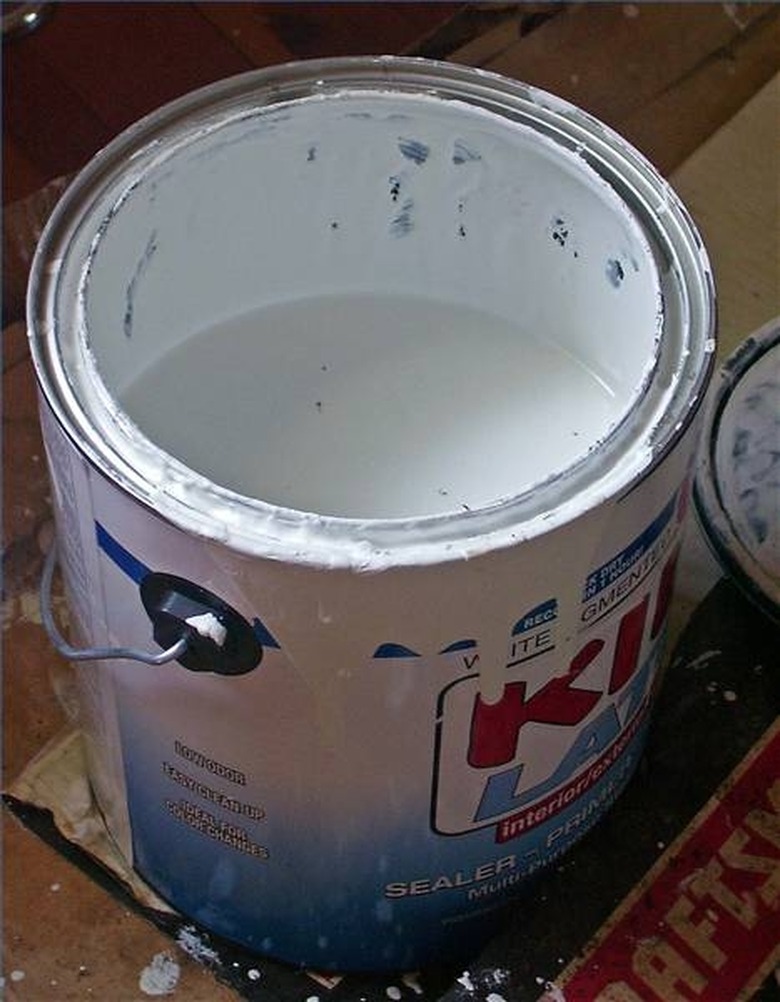How To Avoid Patchy Paint On Walls
Things Needed
-
Brushes
-
Pan
-
Paint
-
Paint roller
-
Paint stripper
Amateur painters sometimes wind up with a patchy paint job, which means the frustration of having to go back and do most or all of the job over again. Avoiding patchy paint is easy, and involves only proper preparation and a little patience.
Step 1
Remove paint with paint stripper as necessary. If your wall needs the previous coat of paint taken off, skimping on this first step will probably mean coming back later and putting yet more labor into the job.
Step 2
Apply primer to the wall, using steady, short strokes with a well-wetted brush or roller.
Step 3
Prime the wall thoroughly. This is especially necessary when the new coat of paint is of a lighter color than the previous coat, assuming that was not stripped off. You want an all, or almost all, white wall for painting.
Step 4
Clean and dry your brush and roller, or set them aside for a dry, fresh set. Painting with soaking wet brushes guarantees the dilution of your first 15 to 20 minutes worth of painting, and that will make the coat patchy.
Step 5
Apply paint to the wall, using the same steady, short strokes with a well-wetted brush or roller. Longer strokes means stretching the paint on the brush thinner.
Step 6
Apply a second coat after completing the first. For interior house painting, If your first coat was properly applied, the second coat can afford to be thinner, so you can use longer strokes.
Tip
Be patient. The main cause for a patchy paint job is skimping on some step to save time. Since this means going back, setting up all over again, and applying more paint, it is better to do the job right the first time.
